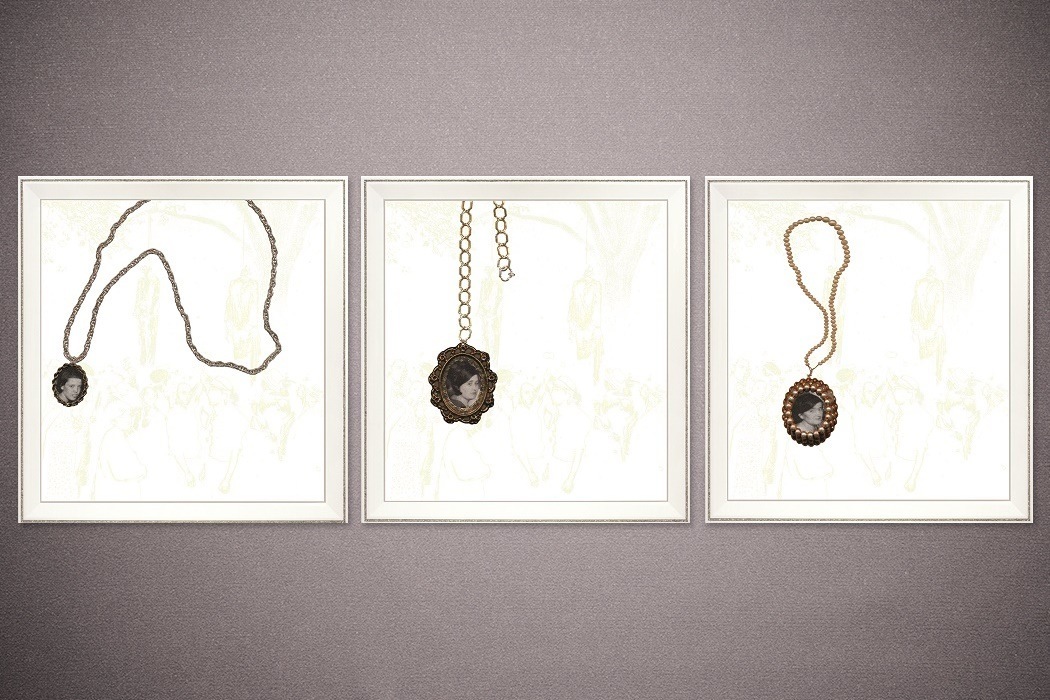Although the canon of western art is replete with images of the sublime and inspirational, it also includes myriad pieces that depict violence, racial injustice, and pain, forcing viewers to confront what makes us uncomfortable, what we don’t like, and often, what we don’t understand. As an instructor in visual analysis, I believe that looking at works of art with both a critical eye and an appreciation for artists’ perspectives in creating their works instills in us a broad vision and a refined lens through which we better recognize and understand so many different injustices—economic, political, and cultural—that exist in our world, writ large.
In November 2014, an illustration for A.O. Scott’s New York Times’ essay, “Looking the Other Way,” comprised ten reversed paintings, leaving only their wood frames and canvas backs in view. Subtitled, “Is Our Art Equal to the Challenges of Our Times?” Scott’s essay proffered the question of “what art has done and should do at this moment of political impasse, racial tension and economic crisis,” and sought to critique art’s social responsibility. He suggested that art of the moment was not up to the task, and the accompanying illustration concurred, with the paintings, like their creators, “looking the other way.”

Searing and nuanced, Heirlooms and Accessories, a triptych by Kerry James Marshall, addresses Scott’s query with a resounding assertion. Inspired by a famous 1930 photograph of a double lynching in Indiana, each of its white framed panels contains an exquisite gold chain artfully suspended and anchored by a pendant containing a different woman’s photo in each pendant. The women in Marshall’s triptych are the same three who had turned away from the grim lynching to look at the camera and photographer documenting the spectacle.
Marshall explained that while he was horrified and repulsed by the brutality of the murders, it was the casualness and calm of the witnesses that most appalled him. How ordinary it all seemed. Even as the viciousness of a lynching was laid bare, the blasé expressions of those in its presence belied the gravity of the crime committed.
Marshall, whose art is the subject of a traveling retrospective currently in Chicago, conflated the double meaning of “accessory” to make a compelling and gut-wrenching, titular pun: Those present at the lynching were accessories to a double murder and necklaces are a recognizable woman’s accessory. An heirloom, however, such as a treasured necklace, is an object that is passed down from one generation to the next, endowed with sentimental value. By including the faces of these accessories to murder in his necklaces, Marshall’s heirlooms embody the heinous legacy of racial injustice and violence.
Astute observers of the piece will notice, too, that the backdrop in each of the panels includes the faintest outline – rendered almost to the point of invisibility – of the photograph’s lynching. The draping of each gold chain eerily echoes the ropes as they hang in murderous knots, bearing the weight of each dead man. According to Marshall, “this kind of violence has led to an inheritance that is not unproblematic.”
Searing in its indignation yet exquisite in its execution, Heirlooms and Accessories reminds us that works of art offer us a profound opportunity to engage in dialogue about difficult issues without simple solutions. Looking the other way is not an option. We must strengthen our visual intelligence, keep our eyes open, and talk about what we see – no matter how hard it is to look.
